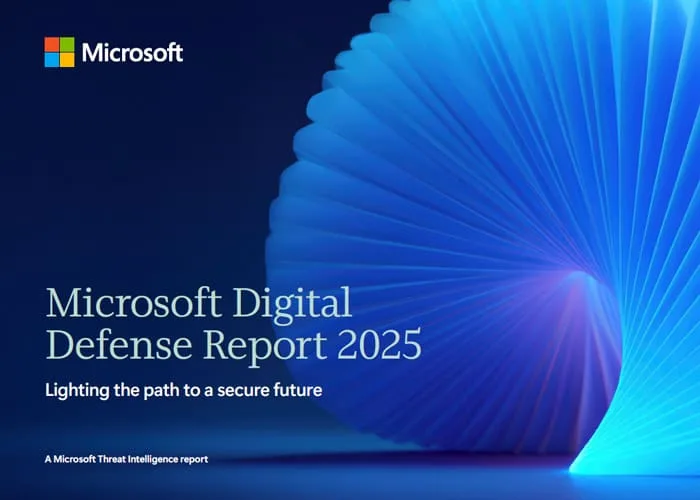The pace of change in the threat landscape has pushed us to rethink traditional defenses. The growth and adoption of AI by both defenders and threat actors benefits both sides. AI in cybersecurity is already creating new challenges for security organizations as they rush to adapt systems, understand new threats, and equip their people with new knowledge to keep pace.
Cyber threats are also playing an increasingly significant role in geopolitical conflicts and criminal activities, creating both a wide and deep scope of responsibility for defenders. AI will play a critical role in helping security professionals productively address the growing threat landscape, but as an industry we must step into this new paradigm cautiously.
With the increased speed of an AI-centric world, the impact of action–whether by security organizations, criminal actors, or nation states–will have faster and potentially greater second, third, or fourth-order effects. It is imperative that defenders consider these ripple effects as they implement new security controls, share security research, fix new security vulnerabilities, and collaborate with each other.
Adversaries, whether nation-states, criminal syndicates, or commercial cyber mercenaries, are leveraging emerging technologies to attack with both greater volume and more precision than ever before, often by exploiting the trust that underpins our digital lives. International collaboration among defenders will be critical to define new coordinated defenses and set new international norms that enforce consequences for cyberattacks targeting the global critical infrastructure or essential services.


